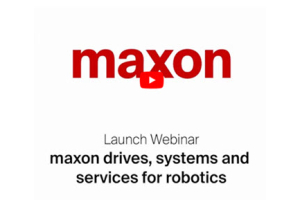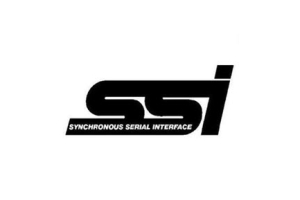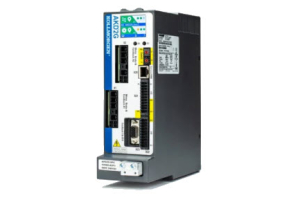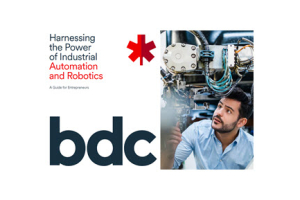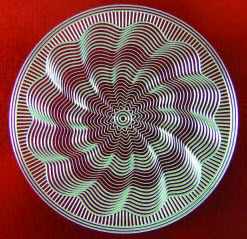
Galil Motion Controllers Allow Machines to Mimic Hand Engraving
When there is an increased demand for quality hand-engravings on items like jewelry, cell phones, and knives, but not enough skilled hands to produce the work in mass, what is one to do? With the design of Leonardo Di Benedetto, Artesà developed a machine to effectively mimic the craftsmanship of hand engraving.
This machine uses a curvilinear or open polygonal trajectory in the vertical plane to engrave the material, resulting in brightness and beauty. While the machine cannot reproduce the craftsmanship of a hand engraver precisely, it does create high-quality engravings.
Features of the Artesà Machine
The machine has a 19.68”W x 9.84”D table with a bed-frame to firmly hold the material in place during the engraving process. Above this bed-frame is the spindle-mounted engraving tool head, complete with a laser pointer, three carbide inserts with 35°, 90°, and 135° corner cutting edges, as well as a slot for optional features like a diamond drag or micro turbine (350,000 rpm).
Motion Controllers for Engraving Machines
At the heart of the machine is a DMC-2143 four-axis, Ethernet motion controller from Galil Motion Control, allowing for the complex and exact X, Y, and Z movements of the machine tool head. This machine also has an SDM-20240 to drive the four stepper motors. The DMC-2143 provides three degrees of freedom, controls the PT (line depth) and SV (vector tracing) axes. The Galil Motion Controllers allow machines to mimic hand engraving.
The PT axis is designed to slowly and gradually move the cutting tool downward, on a vertical plane, cutting the material at a specific depth to create the descending part of the curve. Then, it moves the tool upward to the material surface, cutting the ascending part of the curve.
The SV axis manages the 360° motion of the cutting tool to ensure the cutting edge always faces in the pre-programmed direction to trace the vector being engraved. It also ensures this is done with a position accuracy of 0.0004”/1” that is repeatable to 0.0008” under no-load conditions.
Advantages of the Artesà Engraving Machine
While a machine can never exactly replicate the work of a hand-engraver, it does have a number of advantages. First, a machine allows for the mass production of these hand-like engravings, addressing the issue of supply and demand. Second, machines do not tire or feel pain, so they can work whenever you need them to. Third, the machines can engrave well and reproduce a high-quality, “hand like” engraving as many times as you’d like.
For more information about the Artesà Engraving Machine, you can read the full article here. For information regarding Galil’s Motion Controllers, contact us today!



